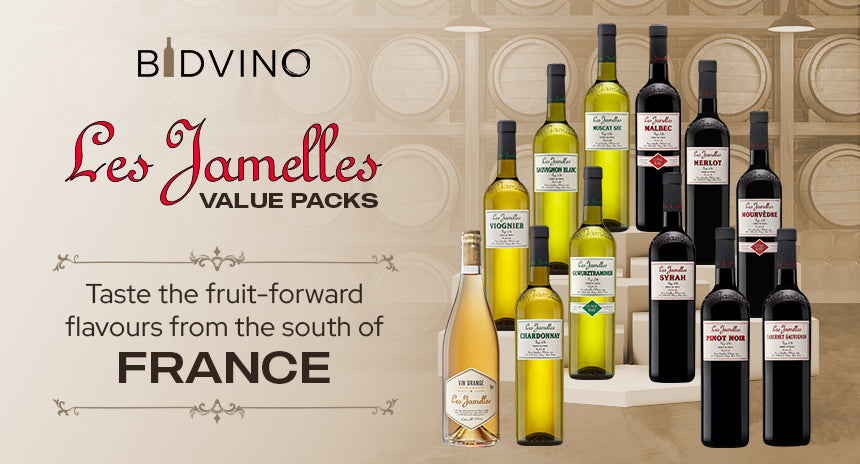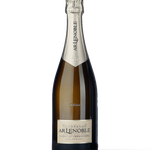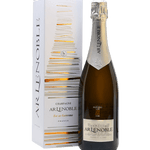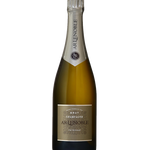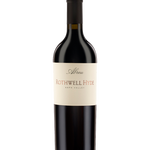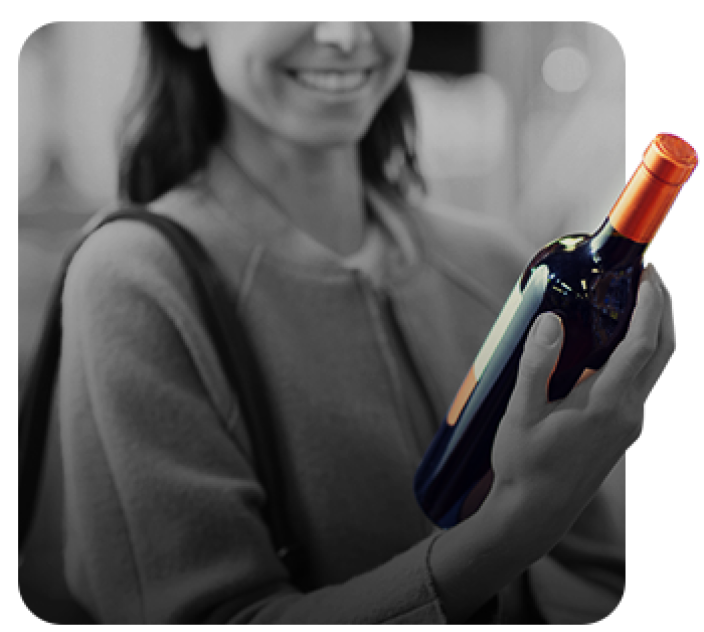Vous n'avez aucun article dans votre panier.
General Storage & Preservation Methods for Red Wine

Red wine is a beloved beverage that can improve a meal, enhance social experiences, and provide health benefits when consumed in moderation. However, to get the most out of red wine, proper storage and preservation techniques are crucial. Whether you have an unopened bottle ready to age or an open bottle that you want to keep fresh, understanding how to store red wine properly will enhance your wine experience and ensure that its flavor profile remains intact. In this guide, we’ll take a deep dive into how to store red wine correctly, how to preserve opened red wine, and all the best practices to keep your wine fresh.
1. Storing Unopened Red Wine: Creating Ideal Conditions
Proper red wine storage begins before the bottle is even opened. Whether you're aging wine for years or simply storing it for later enjoyment, the way you store it can make a significant impact on the wine's flavor and overall quality.
Ideal Storage Temperature for Red Wine
The red wine storage temperature is one of the most important factors in maintaining the wine’s integrity. The ideal storage temperature for red wine is between 45-65°F (7-18°C). Storing red wine at a constant, cool temperature will help it age gracefully without altering its flavor.
-
Too High a Temperature: If your wine is stored at temperatures over 70°F (21°C), the aging process will be accelerated, and the wine may lose its complexity and fresh flavors.
-
Too Cold: Storing wine below 45°F (7°C) can slow down or halt the aging process and might cause freezing, which can compromise the wine’s character.
To learn more about red wine storage temperature, check out our blog post on Red Wine Alcohol Percentage, which explains how temperature plays a role in your wine's development.
2. Storing an Opened Bottle of Red Wine: Preserving Freshness After Opening
Once you open a bottle of red wine, it begins to interact with oxygen, which can cause oxidation and change the wine’s taste. To prevent this and extend the life of your open wine, it's essential to store it properly.
How to Store an Opened Bottle of Red Wine
After opening, the wine should be sealed properly to reduce exposure to air. There are a few methods to preserve opened red wine effectively:
-
Re-cork the Bottle: After pouring a glass or two, ensure that the cork is placed back securely. This is the simplest way to keep red wine fresh after opening.
-
Use a Preservation Device: There are a variety of preservation devices available to consumers, from vacuum pump stoppers to argon gas preservation systems like Coravin, all designed to remove oxygen to slow oxidation.
If you're wondering how to store unfinished red wine, a vacuum stopper can also help preserve the quality for up to several days, allowing you to enjoy the wine without it deteriorating quickly. For more on storing red wine properly, check out our detailed guide on what is red wine.
-
Refrigeration: Even red wine can benefit from being stored in the fridge after it’s been opened. The cooler temperature slows down the oxidation process, keeping the wine fresh after opening.
For more tips on how to keep opened red wine fresh, check out our blog post on Nutrients, Antioxidants & Health Benefits of Red Wine to understand how storage affects the preservation of key compounds.
3. Storing Red Wine Long-Term: Ideal Conditions
If you plan to age your red wine, it’s crucial to store it in the right conditions to preserve its taste over time. Long-term wine storage is not just about keeping it in a cool place, there are other considerations that help protect the wine from spoilage.
Horizontal Storage
Store your wine bottles horizontally so that the cork remains in contact with the wine. This helps to keep the cork moist, preventing it from drying out and allowing air to enter the bottle. A dry cork can lead to oxidation, which negatively impacts the wine’s flavor.
-
Horizontal Positioning: This is especially important if you plan to store red wine long-term. Horizontal positioning will keep the cork moist and reduce the risk of oxidation.
Learn more about how to store red wine properly for long-term preservation in our comprehensive guide on Red Wine Styles Explained.
4. Storing Red Wine at the Right Humidity
Humidity plays a key role in how to keep red wine fresh after opening or storing it for the long term. Too little humidity can dry out the cork, while too much can cause mold and spoil the labels.
-
Ideal Humidity: Aim for a humidity level between 50-70%. This is sufficient to prevent corks from drying out and ensures that the wine ages without risk of mold.
Explore how humidity levels can affect your wine storage in our article on the healthiest ways to store red wine.

5. How to Store Open Bottles of Red Wine: Extending Freshness After Opening?
After opening a bottle of red wine, it can only last for a few days before it begins to oxidize and lose its flavors. To maximize its freshness, it's crucial to use proper storage methods.
Using Wine Preservation Systems
A wine preservation system that uses inert gases, like nitrogen or argon, can be extremely effective in preventing oxidation. These systems displace the oxygen in the bottle, preventing air from coming into contact with the wine. This is ideal if you're planning to keep an open bottle fresh for a week or longer.
-
How to Keep Red Wine Fresh After Opening: Using a wine preservation system will allow you to enjoy the wine at its best even after several days of being opened.
Interested in more advanced methods for how to preserve opened red wine? Learn about the different wine preservation techniques in our blog on preserving red wine.
6. The Right Wine Glass for Preservation
When serving red wine, the type of glass used can also impact how long it stays fresh after pouring. The glass shape affects the exposure to air, influencing how the wine breathes and releases its aromas.
-
Wide-Bowl Glasses: Use a glass with a wide bowl to allow the wine to aerate and release its full bouquet of aromas. The wide bowl helps to maintain the wine’s temperature and fresh flavor longer.
Want to know more about red wine glasses and their impact on wine preservation? Read our article on choosing the best wine glass for your red wine.
7. Common Mistakes in Storing Red Wine
While it’s important to know how to store wine properly, it’s also essential to avoid common mistakes that can harm the quality of your wine:
-
Storing Wine in the Kitchen: The kitchen can be a hot spot with frequent temperature fluctuations, which can negatively affect your wine.
-
Using Old or Improper Stoppers: Always ensure that the wine stopper is air-tight and effective. A damaged cork or an old stopper will let air in, spoiling the wine.
-
Overexposing Wine to Light: UV rays can cause chemical reactions that ruin the wine. Make sure the wine is stored in a dark place to avoid this.

Conclusion of Keeping Your Red Wine Fresh
Knowing how to store red wine correctly and understanding how to preserve opened red wine are essential to maintaining the quality and taste of your wine. Whether you are storing it for aging or simply keeping an open bottle fresh, following proper wine storage techniques is crucial. By keeping your wine at the right temperature, using effective stoppers, and understanding the importance of humidity, you can ensure that your wine remains fresh and flavorful for a long time.
Frequently Asked Questions
-
How do I store red wine for long-term aging?
A1: Store red wine in a dark, cool place at a temperature between 45-65°F (7-18°C). A wine cellar or wine fridge with controlled humidity is ideal for preserving wine over time. -
How do I store an opened bottle of red wine?
A2: Re-cork the bottle, store it in the fridge, and use a vacuum stopper to minimize exposure to air. This helps keep the wine fresh for several days. -
Can I store red wine in a regular refrigerator?
A3: Yes, you can store red wine in a regular refrigerator after opening. Just allow the wine to return to room temperature before serving. -
Should I decant red wine before storing it?
A4: Decanting is generally recommended to enhance the flavors of some wines, but for storage, decanted wine should be sealed and stored properly to avoid oxidation. -
What’s the best way to preserve opened red wine?
A5: The best way to preserve opened red wine is by using a vacuum stopper, storing the wine in the fridge, and consuming it within 3-5 days.
